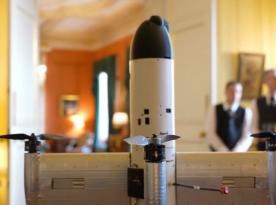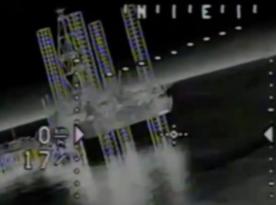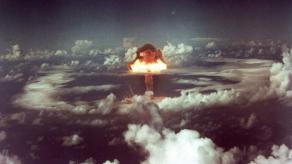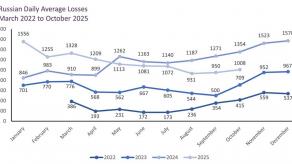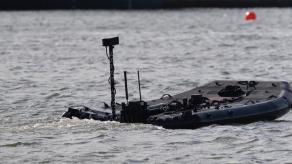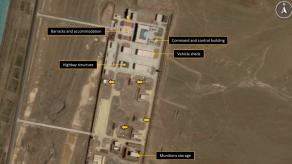Recently, Ukrainian President Volodymyr Zelenskyi announced plans to produce 1 million FPV drones for the Defense Forces of Ukraine in the coming year. To achieve that, Ukraine needs increase the production rate by 67%, compared to the declared rate of 50,000 FPV drones per month.
While the production of drones is a significant aspect, equipping them with explosive payloads is equally crucial. According to Oleksandr Kamyshin, Minister of Strategic Industries of Ukraine, the defense industry has enough capacity to make sufficient amounts of specialized munitions for unmanned aerial vehicles, Defense Express reports.
Read more: Joint Weapon Production With NATO is Underway, and Million FPV Drones a Year is Realistic, Ukraine's Security Official Says
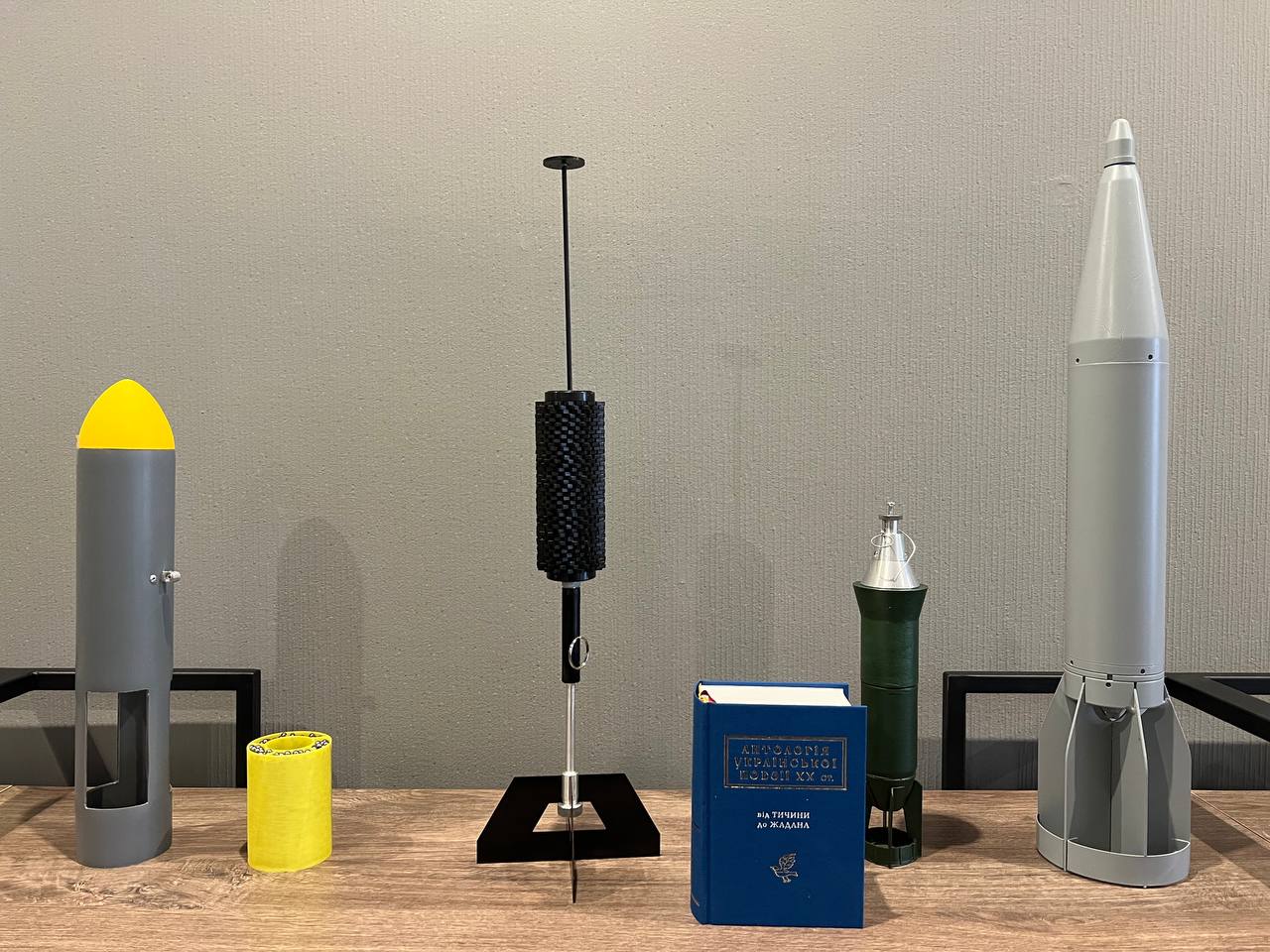
"Ammunition for drones should be produced in factory conditions, not in trenches. And the factories are ready for this," the minister wrote on his Telegram channel. He's likely referring to situations similar to the recent one where Ukrainian soldiers literally cut through a DPICM cluster munition to get submunitions contained inside and use them as improvised drone munitions.
Kamyshin added that currently more than 50 state-owned and private companies in Ukraine are engaged in the production of drone ammunition, some products ranging from 300 grams to 10 kg each.
In late November, Defense Express highlighted a particular batch of FPV drones supplied to the Ukrainian Defense Forces with associated payloads. The munitions in this provision were standardized, indicating a successful launch of mass production of munitions tailored for small aerial drones.
A few days prior, the Escadrone school for UAV operators presented exclusive footage taken by a new type of FPV drone named Mamont with an explosive payload weighing 4 kg.
Also, Oleksandr Kamyshin stated that "systematic contracting" of ammunition for combat drones has begun, and the Ukraine's defense ministry is actively testing and quickly adopting new products.
In this context, we should recall the Fast Track procedures, recently introduced to the Ministry of Defense. The minister, Rustem Umierov, claimed that these procedures help newly developed technologies such as FPV drones, electronic warfare, and electronic intelligence systems "bypass all the circles of bureaucratic hell" and get to the frontlines in just 20 days since the presentation.
Earlier, Umierov also mentioned plans by his ministry to finance and produce FPV drones and associated munitions, his team monitoring the situation but without revealing details to the public.

Read more: russian Occupiers Want to Protect Tanks From Drones With Fans





